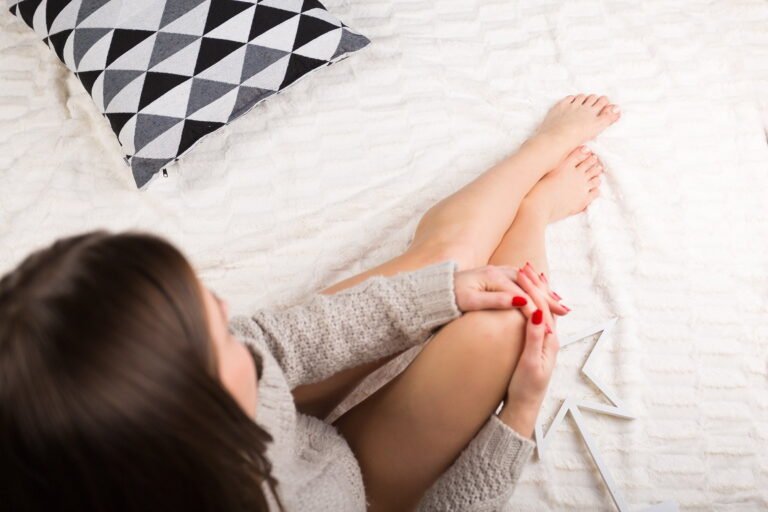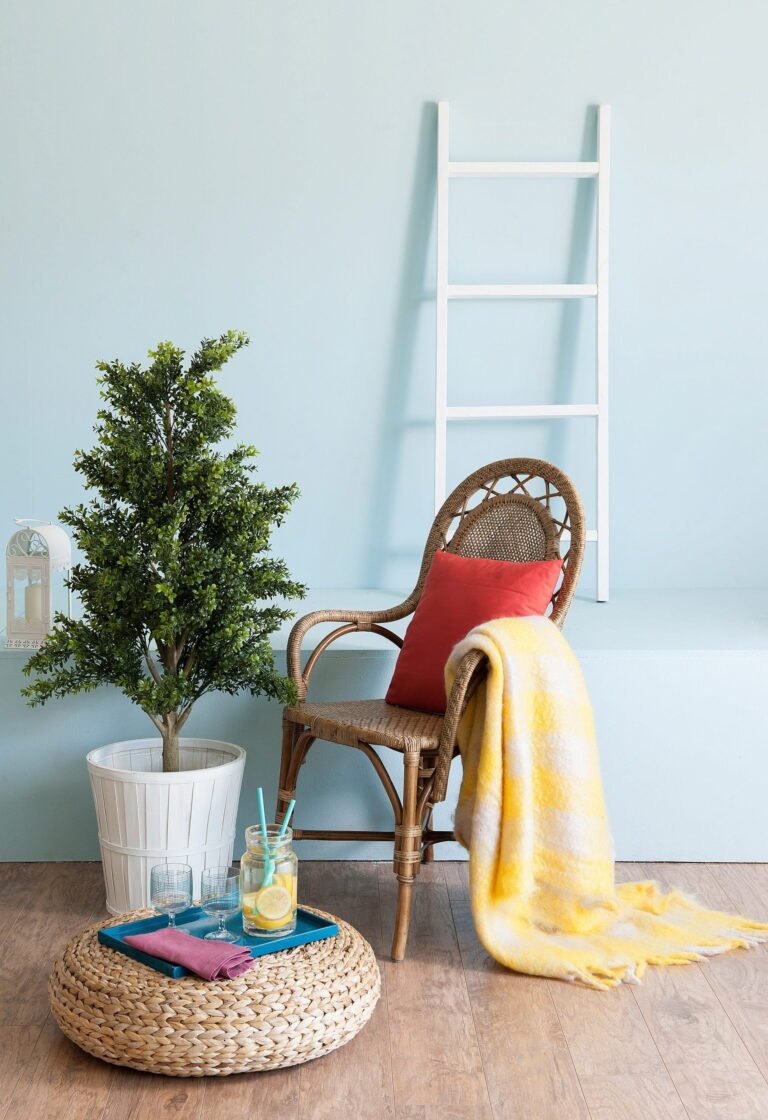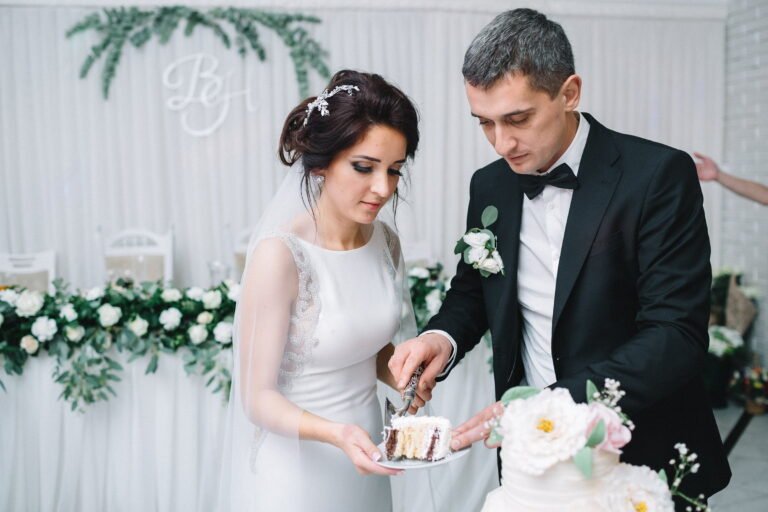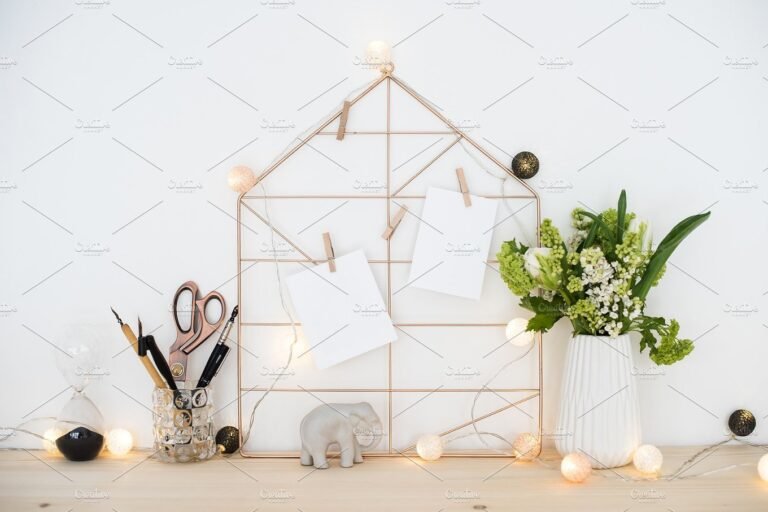You know that feeling when you stare at a giant snowy mountain and think, “Yeah, maybe not today”? Mountain snow.
Yeah. Me too.
That used to be me every winter. I’d dream about climbing mountains, snowboarding down slopes, or just hiking through white, sparkling trails. But every year, I found a reason to sit it out.
Too cold.
To hard.
Too much gear.
Maybe next year.
But not this time. This time, mountain snow isn’t holding me back.
And if you’ve been feeling stuck like I was, I’m here to tell you—you don’t have to sit it out either.
Let’s dive into how I changed things around—and how you can too.
1. It All Started With a Mindset Shift
First things first: I had to stop seeing snow as the enemy.
Sounds simple. But trust me—it’s not.
When you see snow, it’s easy to think “danger,” “cold,” or “ugh, too much work.” That’s the mental block. I had it bad.
But this winter, I flipped the script. I started thinking of snow as an adventure.
Fresh snow? Fresh start.
Cold air? Wake-up call.
Steep trail? New challenge.
Mountain snow.
Changing the way I thought about winter changed everything.
Here’s a little hack: Whenever I started feeling that old fear creeping in, I pictured myself at the end of the day—warm, smiling, proud. That image pulled me forward every time.
2. Getting the Right Gear = Total Game Changer
Let’s be real: if you don’t have the right gear, snow will wreck you. Fast.
Last year, I wore an old hoodie and some sneakers. I was wet, freezing, and miserable within 20 minutes.
This year? I leveled up. And it made all the difference. Mountain snow.
What you really need:
- Waterproof boots. Warm feet = happy heart.
- Base layers. Think thermal shirts and leggings. Not cotton. Cotton soaks up sweat and freezes you.
- Good jacket. Waterproof and windproof. Bonus if it’s lightweight and easy to move in.
- Gloves and beanie. Fingers and ears get cold first. Keep ‘em covered.
You don’t have to spend a fortune either.
I grabbed a lot of my gear secondhand or during clearance sales.
Good gear doesn’t just protect you—it gives you confidence. You walk out that door knowing you’re ready.
3. Start Small, Dream Big
Here’s where a lot of people mess up (me included):
They see snow, they get hyped, and they immediately try something way too big.
I learned to start small.
First trip?
I didn’t climb a giant mountain. I just hiked a beginner trail covered in light snow. About 2 miles. Easy pace.
Guess what?
It felt amazing.
And because it felt good, I wanted more.
After a few small hikes, I tried snowshoeing.
Then I rented a snowboard for the first time. (Fell about 400 times. Still worth it.)
Each small win built my confidence. Every small adventure made the bigger ones possible.
So don’t pressure yourself to conquer Everest on Day 1.
Take baby steps. Stack wins. Build momentum.
4. Finding the Right People
Another thing that changed the game for me?
I stopped trying to do it alone.
Last year, I was too proud to admit I was nervous. I didn’t ask for help. I didn’t invite friends.
Big mistake.
This year, I found a group. People who loved the snow. People who didn’t care if I was slow or clumsy. They just wanted to be out there.
I joined a local hiking meetup group. Best decision ever.
Going with others makes everything better:
- They pump you up when you get tired.
- They know good trails and tricks.
- They help if something goes wrong.
Also, it’s just more fun.
Snowball fights are 100% better with friends.
5. Learning to Love the “Messy Middle”
Newsflash: snowy adventures aren’t glamorous.
Yo will get sweaty.
You will slip and fall.
You will lose feeling in your nose at least once.
But here’s the trick: learn to love it.
The messy middle—the part where you’re cold, tired, and questioning all your life choices—that’s where the magic happens.
That’s the part where you grow stronger.
That’s where memories are made.
I used to think falling down was failure. Now? It’s part of the fun.
Laugh it off. Get back up. Keep going.
6. Fueling Up Like a Pro
You can’t tackle snowy trails on an empty tank.
First time I tried hiking in the snow, I brought one tiny granola bar.
By mile two, I felt like a zombie.
Lesson learned: snow burns more calories than regular hiking. Your body is working harder. You need more fuel.
Now, I pack:
- Protein bars
- Trail mix
- Hot cocoa in a thermos (trust me, it’s a game-changer)
- Water (yes, even in cold weather—you still sweat!)
Eat before you go. Snack often. Reward yourself at the end. (Hot pizza never tastes as good as it does after a snowy trek.)
7. Knowing When to Push—and When to Pause
Here’s something most people don’t talk about:
It’s okay to quit sometimes.
I trail feels too dangerous?
If your gut says “this isn’t right”?
If you’re just too exhausted?
You’re allowed to turn around.
Bravery isn’t about pushing through everything.
It’s about knowing when to keep going—and when to save the battle for another day.
I had a day like that.
Started a trail. Snow was deeper than expected. Wind picked up. Visibility dropped.
I called it. Turned back.
No shame.
Smart choices keep you alive for the next adventure.
8. Celebrating Every Single Win
Old me would finish a small hike and say, “Eh, it wasn’t much.”
New me?
I celebrate everything.
Finished a beginner trail? Epic.
Made it halfway up a hill I couldn’t do last year? Victory.
Didn’t fall on my face getting out of the car? Honestly, still a win.
Every little step forward matters.
I started tracking my adventures in a journal.
Nothing fancy. Just dates, places, quick notes like:
“Slipped twice, laughed three times, snow angel attempt = 10/10.”
Looking back, I realize—those tiny wins? They built the life I wanted.
9. Building a Snow Routine
One of the best things I did this winter?
I made a routine.
Not a strict, boring schedule. Just a rhythm.
Every weekend, I pick a snowy adventure:
- Short hike
- Snowshoe loop
- Snowboarding lesson
- Even just a walk through the snowy park
Consistency matters more than intensity.
It keeps your momentum going.
It turns winter from “ugh” into “yay.”
Also? Routine kills fear.
The more you show up, the less scary snow feels.
10. Why I’m Never Going Back
This winter changed me. For good.
Noo more hiding inside.
No more waiting for the snow to melt.
No more making excuses.
Mountain snow isn’t holding me back anymore.
It’s lifting me up.
Now, when I see a snow-covered trail, I don’t think, “Maybe later.”
I think, “Let’s go.”
I’m stronger.
Happier.
And honestly? Way more alive.
And if I can do it—trust me—you can too.
Final Thoughts: Your Turn
If you’ve been holding back because of the snow, I get it.
It’s cold. It’s messy. It intimidating.
But it’s also beautiful.
Wild.
And waiting for you.
Start small. Gear up smart. Find good people. Laugh at the falls. Celebrate every single step.
Because on the other side of that snowy hill?
There’s a version of you that’s stronger, braver, and having way more fun than you ever thought possible.
This time?
Snow isn’t stopping me.
And it doesn’t have to stop you either.
Let’s make this winter unforgettable.
You in?
P.S. Got questions about starting out? Need gear tips or easy first adventures? Hit me up—I’m happy to share what worked (and what totally didn’t) for me!





